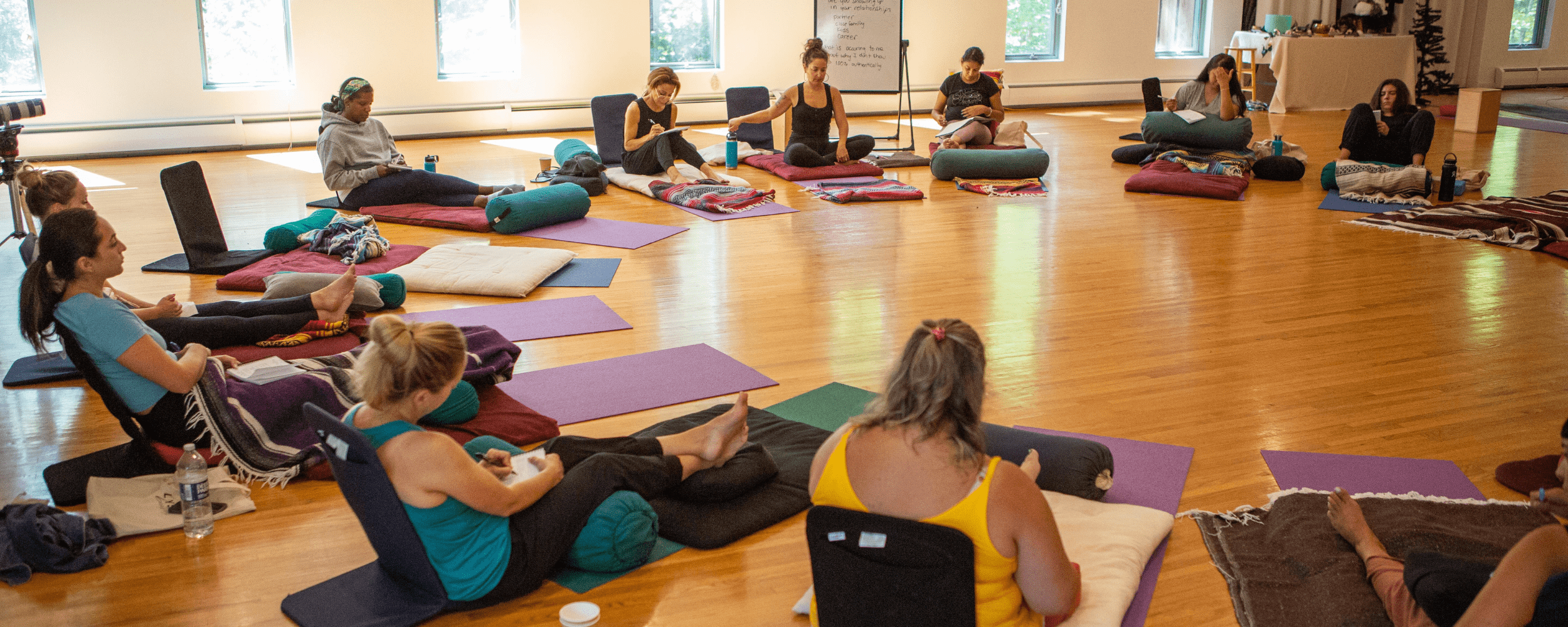By Alyse Bacine
Last updated March 2025
Beyond Techniques: A Guide to Becoming a Healer
How can you become a healer? To become a healer, follow these essential steps: 1) Explore different healing modalities to find your natural alignment, 2) Obtain proper education and certification, 3) Develop both technical skills and intuition through consistent practice, 4) Commit to personal healing work, and 5) Gain practical experience before establishing a professional practice.
Becoming a healer involves much more than acquiring techniques—it requires profound personal transformation and a genuine commitment to facilitating lasting change in others. Many are drawn to this work after experiencing healing or witnessing profound shifts in someone close to them.
Introduction to Healing
True healing addresses root causes rather than merely managing symptoms. As an Intuitive Energy Worker, you help others resolve core patterns and wounds that create recurring life challenges.
Healing traditions have existed across all cultures and throughout human history. From ancient shamanic practices to modern modalities, these diverse approaches share a fundamental understanding: complete healing must address a person's physical, emotional, energetic, and spiritual dimensions.
People gravitate toward healing work for various reasons. Some naturally possess heightened sensitivity to energy and emotion. Others have transformed personal suffering into wisdom they now use to help others. Many simply experience an unexplainable calling that defies logical explanation.
Effective healing extends beyond individuals to transform families and communities by interrupting cycles of trauma and dysfunction that often persist across generations.
Exploring Healing Modalities
Before beginning your path as a healer, explore different approaches to discover what aligns with your natural abilities and worldview.
Spiritual Healing
Spiritual healing works from the understanding that many issues stem from disconnection with our authentic nature. This approach often incorporates meditation, ritual, and energetic clearing to restore wholeness.
Those practicing in this tradition help people reconnect with their inner wisdom and address more profound questions of purpose that frequently underlie suffering. This work recognizes that complete transformation must honor the spiritual dimension of human experience.
Unlike approaches focusing solely on symptom management, spiritual healing transforms one's relationship with challenges, creating fundamental shifts in identity and core beliefs.
Energy Healing
Subtle energy practices operate on the principle that disruptions in the body's subtle energy field typically precede physical and emotional manifestations. Addressing these energetic imbalances can create profound transformation.
Working with energy brings numerous holistic healing benefits, including stress reduction, enhanced immune function, emotional release, and mental clarity. These approaches acknowledge that energy patterns influence physical reality, and shifting these patterns can lead to systematic transformation.
Traditional methods include Reiki, acupuncture, qigong, and various indigenous practices. Each system works with subtle forces differently, but all recognize the body's remarkable capacity for healing when energy flows optimally.
Education and Certification
While natural healing abilities exist, proper training helps you develop these gifts responsibly. Quality education provides necessary boundaries, ethical frameworks, and techniques that enhance innate capabilities.
Many begin by researching accredited programs in their chosen modality. Seek courses taught by practitioners with substantial experience, solid reputations, and clear ethical standards.
Healer Study and Knowledge
To develop as an Energy Intuitive, you must cultivate both technical proficiency and intuitive abilities, including:
Understanding the body-mind connection and basic anatomy
Developing sensitivity to subtle energy and imbalances
Establishing clear boundaries and ethical practices
Cultivating deep presence and attentive listening
Building knowledge of trauma responses and manifestations
Committed healers continuously expand their understanding through education, supervision, and personal experience. Learning never ceases, as each person presents unique patterns that require a fresh perspective.
Proper training teaches you to recognize when clients need support beyond your expertise. An ethical practitioner knows when to refer to other professionals, including medical providers, when appropriate.
Developing Healing Skills
Becoming effective as a Lightworker requires dedicated practice and inner work. Technical knowledge alone is insufficient; you must also cultivate sensitivity, presence, and self-awareness.
Consistent meditation quiets mental chatter and enhances sensitivity, building the foundation for Intuitive Healing. Begin with brief daily sessions, gradually increasing your capacity over time.
Self-healing practices remain essential. You cannot effectively facilitate transformation for others while avoiding your patterns and wounds. This ongoing internal work prevents projection and fosters authentic compassion.
Life Experience and Practice
Your personal transformation journey becomes invaluable in your work. The challenges you've overcome provide unique insight and compassion that technical training alone cannot supply.
Begin practicing with supportive friends and family, being transparent about your training level. Document your sessions, note patterns and results, and request honest feedback to refine your approach.
Consider finding a mentor who embodies the qualities you aspire to develop. Direct guidance from an experienced practitioner accelerates learning and helps navigate challenging situations that inevitably arise.
Building a Healing Practice
Creating a successful practice requires both healing abilities and practical business knowledge. Begin by clearly defining your approach and the clients you're best equipped to serve.
Create a simple, direct description of your work that avoids jargon and addresses potential clients' needs. Explain the session structure, expected outcomes, and the commitment required for lasting change.
Establish clear policies regarding scheduling, payment, cancellations, and boundaries. A professional structure creates safety for both the practitioner and the client.
Facilitating Healing
Practical healing work begins with creating safety and building rapport. Clients need to feel genuinely seen and heard before more profound work can occur.
Learn to track subtle energy, emotion, and physiological shifts during sessions. This awareness allows you to adapt your approach in real time rather than rigidly following prescribed techniques.
Complete transformation happens in layers. Help clients understand that permanent change often requires addressing multiple aspects of an issue over time, rather than expecting instant results.
Integrating Healing into Health Care
Many healers now collaborate with conventional healthcare providers in integrative settings. This partnership creates more comprehensive care when practitioners understand medical terminology and physicians recognize the value of addressing the whole person.
Research increasingly validates many traditional approaches, particularly for chronic conditions, stress-related disorders, and emotional well-being. Staying informed about this research helps bridge the gap between traditional healing and conventional medicine.
As a healer, you can serve as a valuable complement to medical care by addressing the illness's emotional and energetic components that standard treatment may not fully address.
Conclusion
Developing psychic healing abilities carries both privilege and responsibility. It requires commitment to continuous self-development alongside cultivating the skills to facilitate transformation in others.
This work demands honesty, humility, and courage. You must willingly face your challenges while allowing others to do the same.
Remember that true transformation comes through addressing root causes rather than managing symptoms. When you help someone resolve a core pattern, you impact their present circumstance and future trajectory.
The world needs authentic practitioners understanding that lasting change involves addressing the deeper patterns driving suffering. By committing to this path with integrity and dedication, you contribute to healing that extends beyond individuals to families, communities, and future generations.
Frequently Asked Questions
What qualifications do I need to become a healer?
While requirements vary by modality, most professional healers need formal training and certification in their chosen field. Look for accredited programs that offer comprehensive education in theory, practice, ethics, and boundaries. Many modalities also require supervised practice hours and continuing education.
How long does it take to become a professional healer?
The timeline varies depending on the healing modality and your dedication. Basic certification programs typically range from several months to 2-3 years. However, developing true mastery often takes 5-10 years of consistent practice, mentorship, and personal development work.
Can I practice healing alongside my current career?
Yes, many healers begin their practice part-time while maintaining other employment. This approach allows you to gain experience gradually while ensuring financial stability. As your skills and client base grow, you can transition to full-time healing work if desired.
How do I know which healing modality is right for me?
The best modality aligns with your natural abilities and worldview. First, experience different healing approaches as a client, notice which resonates most deeply, and consider which aspects of healing (physical, emotional, energetic, or spiritual) you feel most drawn to address.
This article was written by Alyse Bacine, a transformational trauma expert and breathwork pioneer with 24 years of experience, combining clinical expertise with spiritual practice to create permanent transformation.
Alyse Bacine— Transformational Trauma Expert & Breathwork Practitioner
Alyse Bacine, founder of Alyse Breathes and creator of The Metamorphosis Method™, has over 24 years of breathwork experience and an extensive mental health background. She’s pioneered a methodology that uniquely bridges the gap between traditional therapy and somatic healing.
The Metamorphosis Method™ is the first comprehensive approach that combines clinical mental health expertise with advanced breathwork and energy healing. This powerful integration helps women like you break free from limiting patterns and step into your true purpose, creating lasting transformation where other approaches fail.


